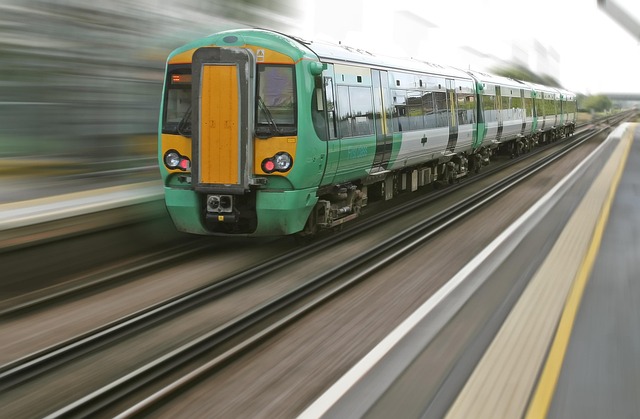Real estate is reshaping urban areas with a focus on walkability and environmental sustainability. Developers are creating mixed-use neighborhoods with compact buildings, connected streets, and green spaces, reducing car dependency and greenhouse gas emissions. These eco-friendly communities attract environmentally conscious residents, driving market trends towards sustainable urban development. Smart growth strategies like density, transit-oriented development, and efficient land use minimize urban sprawl and foster community, making walkable, mixed-use neighborhoods increasingly popular among eco-conscious buyers and renters.
Encouraging walkable, eco-friendly neighborhoods is a key strategy for sustainable urban development. This article explores how real estate can promote vibrant communities, focusing on urban planning, density, and mixed-use areas. We delve into successful case studies showcasing innovative design for green spaces, sustainable transport, and pedestrian infrastructure.
Additionally, we discuss community engagement, policy implications, and metrics to measure the impact of these initiatives, emphasizing the vital role of real estate in creating healthy, accessible, and environmentally conscious neighborhoods.
The Role of Real Estate in Promoting Walkable Communities

In the pursuit of creating walkable, eco-friendly neighborhoods, real estate plays a pivotal role. Developers and urban planners have begun to recognize the value of designing communities that prioritize pedestrian accessibility and environmental sustainability. This shift is evident in the rise of mixed-use developments that seamlessly integrate residential, commercial, and recreational spaces, fostering a vibrant atmosphere within easy walking distance for residents. By minimizing car dependency, these neighborhoods contribute to reduced greenhouse gas emissions and improved air quality.
Real estate strategies such as compact building layouts, well-connected street networks, and ample green spaces not only enhance the livability of areas but also encourage active transportation. Walkable neighborhoods attract environmentally conscious buyers and tenants who seek a more sustainable lifestyle. Consequently, real estate investments in these communities become increasingly attractive, driving market trends towards more eco-friendly and walkable urban landscapes.
– Exploring the potential of urban planning and development

Urban planning and development play a pivotal role in shaping sustainable and walkable neighborhoods. By integrating eco-friendly principles into real estate projects, cities can create vibrant, healthy communities that reduce environmental impact and enhance residents’ quality of life. This includes designing compact, mixed-use developments that prioritize pedestrian access, cycling infrastructure, and green spaces, thereby encouraging active transportation and reducing reliance on motor vehicles.
Furthermore, smart growth strategies can revitalize urban areas by focusing on density, transit-oriented development, and efficient land use. These approaches not only minimize urban sprawl but also promote walkability by fostering a sense of community, reducing noise and air pollution, and creating a more livable environment for all residents. In turn, such neighborhoods attract eco-conscious buyers and renters, driving the market towards sustainable real estate practices.
– How density and mixed-use areas contribute to walkability

In real estate, walkable and eco-friendly neighborhoods are gaining popularity for good reasons. Density plays a significant role in creating areas that foster walking as a primary mode of transportation. When communities have a higher population density, it becomes more practical for residents to reach amenities on foot. Closer proximity to shops, schools, and workplaces reduces travel distances and encourages people to leave their cars behind.
Mixed-use development is another critical aspect that enhances walkability. Combining residential, commercial, and recreational spaces within a neighborhood creates diverse opportunities for residents. By having various uses in one area, people can meet many of their daily needs without needing to travel far. This reduces vehicle emissions and contributes to a healthier, more sustainable environment, making these neighborhoods increasingly attractive to eco-conscious individuals.






